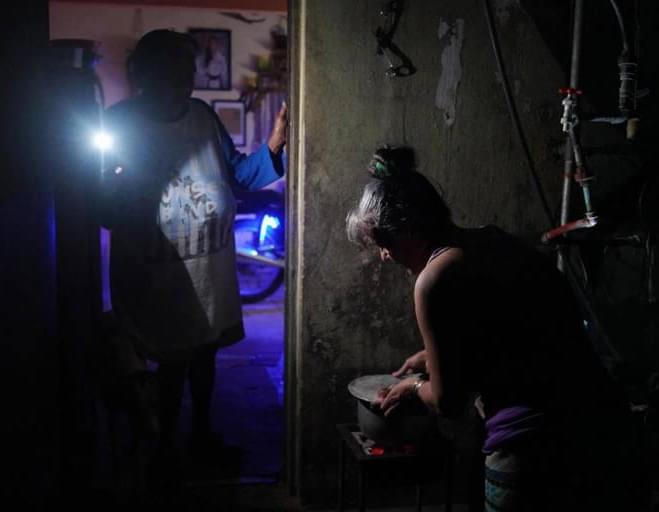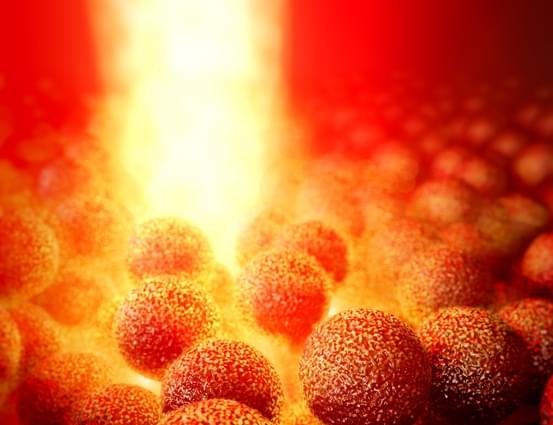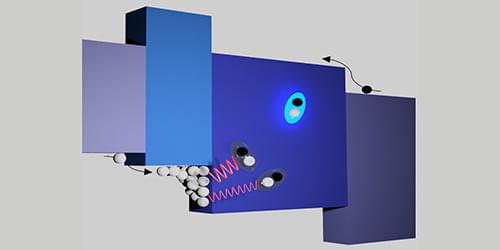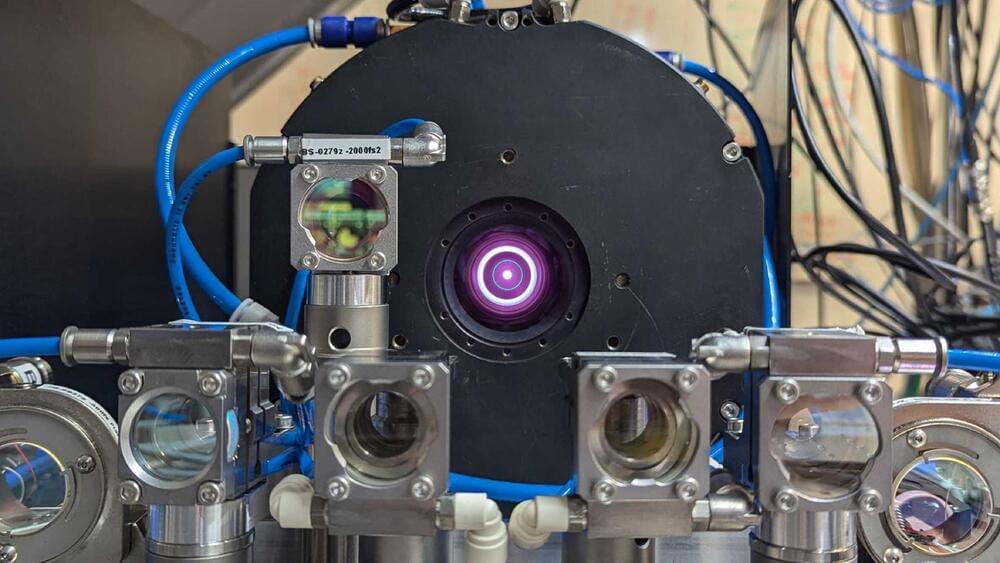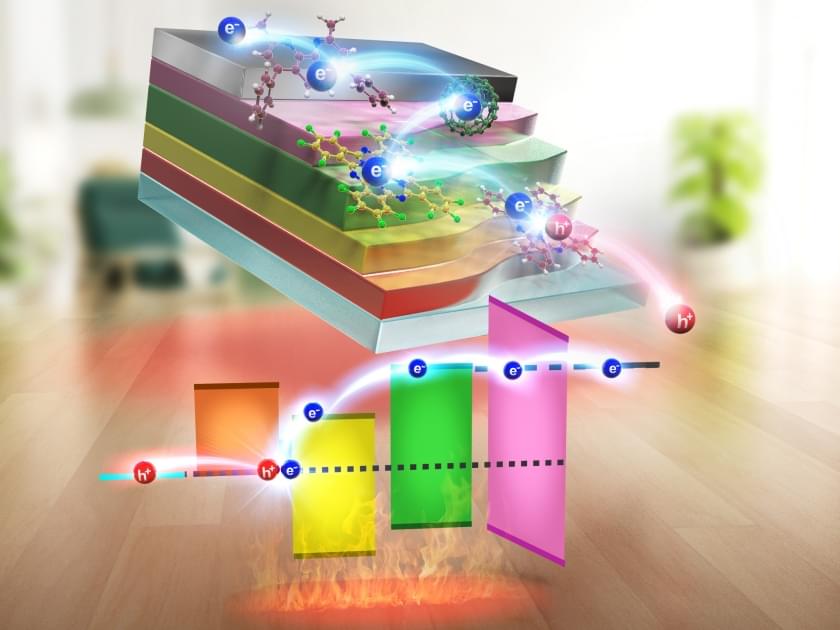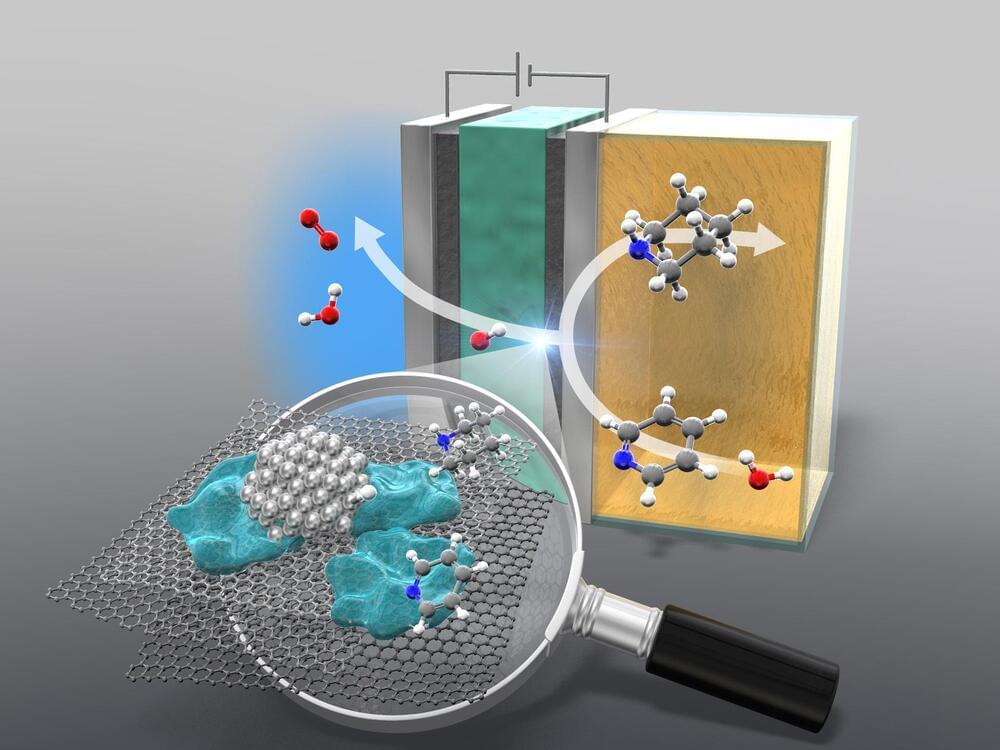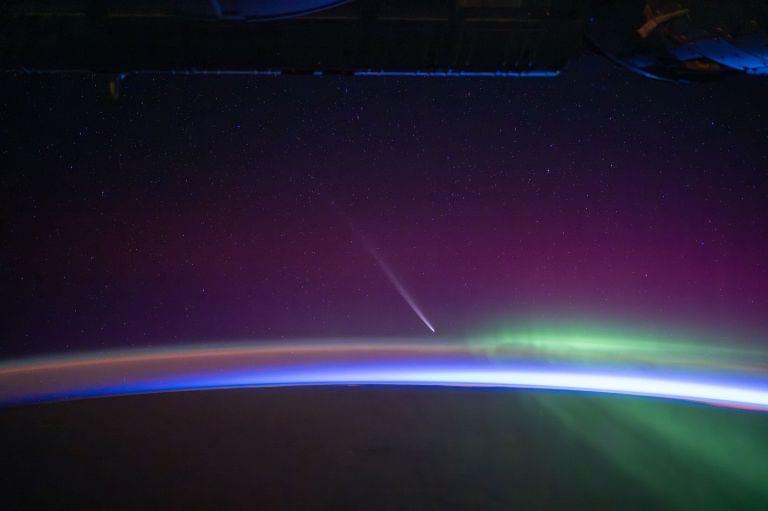A flow battery, also known as a reduction-oxidation (Redox) flow battery, is an electrochemical cell that uses two moving liquid electrolytes to generate electricity.
Ion transfer occurs across the cell membrane, accompanied by current flow through an external circuit, while the liquids circulate in their respective spaces. The liquids required are stored in separate tanks until required.
Flow batteries have existed for some time, but earlier versions had low energy density, making them impractical for cars. However, recent advancements in the technology have improved energy density, making it increasingly viable for long-duration energy storage and potentially for electric vehicles.
Various types of flow batteries, including inorganic and organic forms, have been demonstrated. Flow battery design can be classified into full flow, semi-flow, and membranesless variants.
